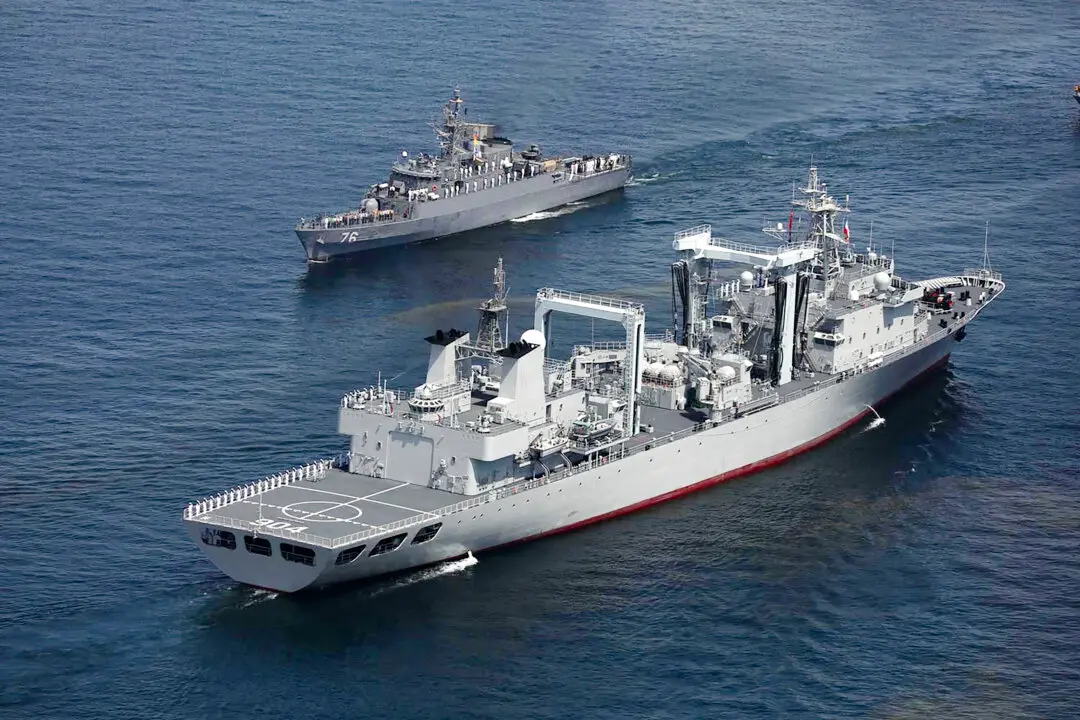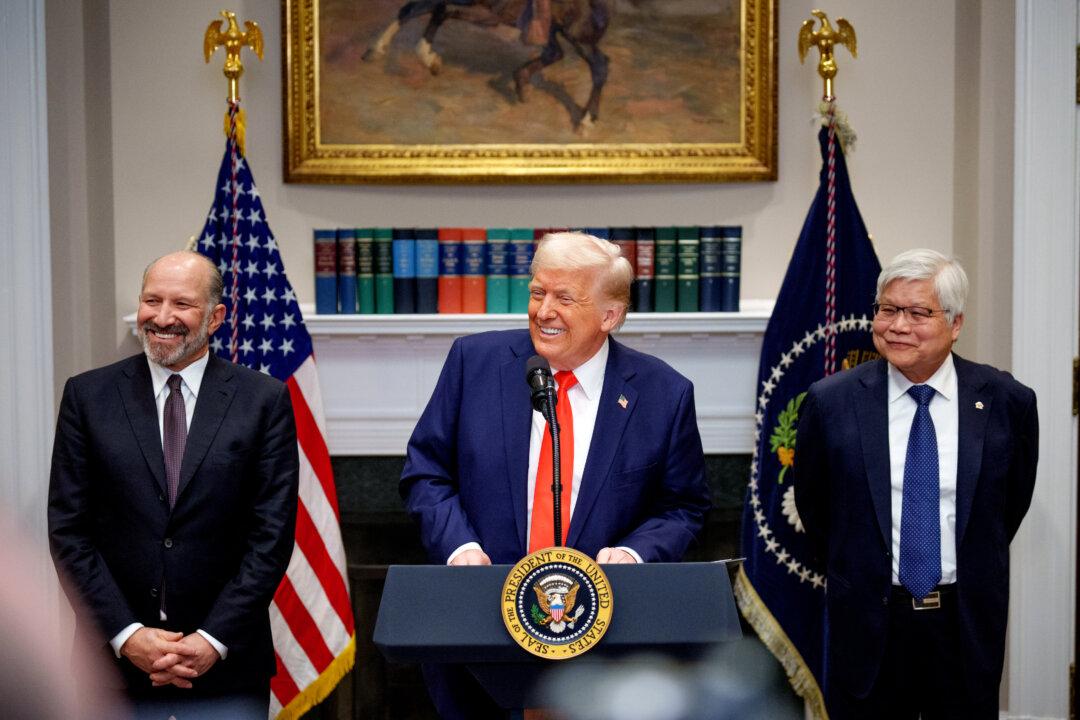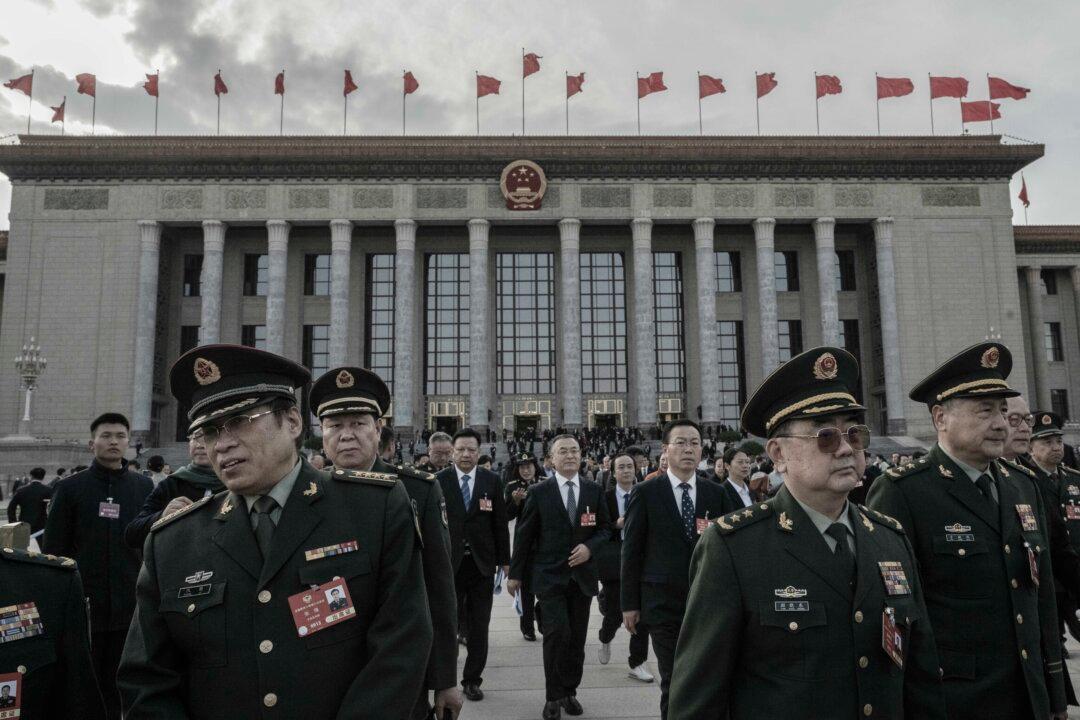Commentary
The U.S. Indo-Pacific strategy to counter the Chinese regime is making progress, with alliances building and expanding. However, there is still work to be done as the Chinese Communist Party (CCP) continues to vie for influence and control in the region.





